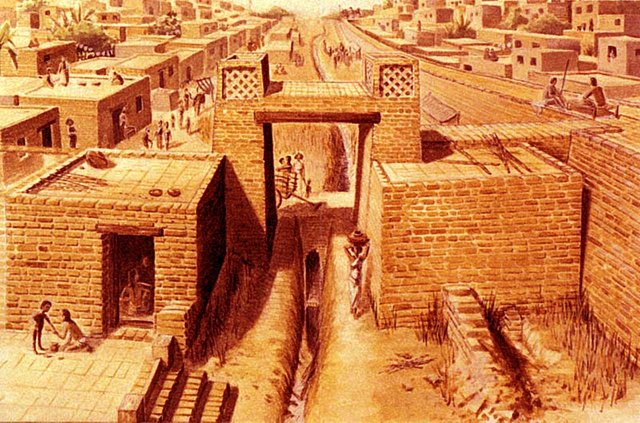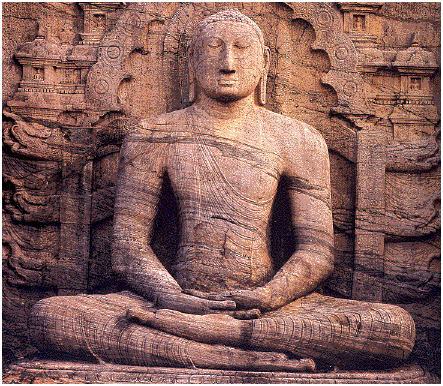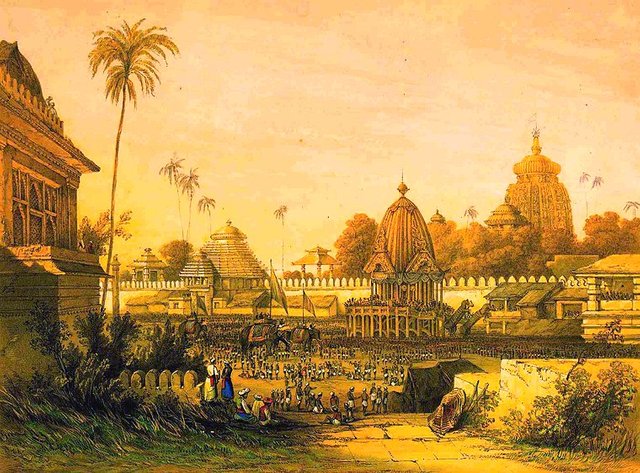The Discovery of Cities in the Indus Culture
The Discovery of Cities In The Indus Culture

Image Source
Civilization implies the creation of urban, civic life as a main element of the life of an entire nation. Despite the fact that modern Indian cities owe their position to a remote method of production, there were cities in India some time before the machine age and before the feudal period. The acknowledged view till a generation prior was that the first Indian cities of any significance seemed just amid the first millennium B.C.
These were as far as anyone knows worked by the descendants of pastoral nomads, the Aryans, who entered India as attacking Bronze Age tribesmen from the north-west. From around 1500 B.C. to a brief time after 1000 B.C. they battled among themselves and with a couple of aborigines in the Panjab. At that point came civic life and civilization, rather gradually, in the Gangetic basin. The first really extraordinary Indian city in the older view appeared to have been Patna. In any case, this was generally guessed from the oldest Sanskrit books, hymns, and stories, which were all on the level of myth and legend.
In 1925 archeologists reported a terrific discovery of enormous urban ruins of which no specify was to be followed in the ancient literature. The vital remains were of two cities, each maybe a mile square in its third millennium prime. Both were in the basin of the Indus and both had been on essential rivers. The southern, now a betrayed hill known as Mohenjo-daro in Sind, had been on the Indus proper.
The upper, Harappa in west Panjab, was once on the Ravi, a noteworthy tributary of the Indus. The rivers have shaped new channels, as happened so regularly in historic times, since they move through profound alluvium. The city houses had been numerous storied, palatial, unequivocally worked of all around prepared bricks and provided with so much pleasantries as incredible bathrooms and lavatories. The pottery was great in quality, mass-delivered on the fast wheel, however not great beautified.

Image Source
Gold, silver, jewels, and other proof of lost riches became exposed. The format was one of a kind, originally in rectangular blocks with wide principle streets and great minor paths. No place else was civic association of such unpredictability and greatness to be discovered so painstakingly arranged at so early a date. The Egyptian cities were architecturally unimportant contrasted with the rugged tombs of their rulers, and to the immense sanctuaries. Sumeria, Akkad, Babylon had block constructed cities closer to the Indus sort, yet they just developed.
The streets in all these cases, as in Rome, London, Paris, and so far as that is concerned in later Indian towns took after irregular nation ways. The Indus cities indicate town arranging of a really astonishing nature. Other than the straight streets meeting at right-points, there was a sublime drainage system for diverting rain-water and cesspools for clearing the sewage. No Indian city had anything of the sort till modern times, very many still do not have these pleasantries.
There were tremendous granaries, too expansive to be in private possession. They were joined by small dwellings in regular blocks which more likely than not suited the uncommon class of workers who beat and put away the grain. There was proof of impressive trade, some of it over the sea. This implied all earlier thoughts of ancient Indian history must be reoriented.
India's cultural advancement had not been in a straight, coherent grouping, but rather demonstrated an awesome set-back and unexplained inversion to pastoral barbarism. An expansive city like Harappa suggests the presence of supporting region which created enough surplus food. The city normally turns into the seat of power. That is, the presence of at least one cities implies the nearness of a state. A few people needed to create a food surplus which was then taken away by other people who did not deliver but rather who may design, direct, or control operations.

Image Source
This only says no cities could exist in classical times without class division and division of labor, in light of the administer of a couple of over numerous. However, at that point for what reason should such a city vanish without successors or follow? Its ruin should mean the ascent of some different cities under its immediate impact or in contention. In Iraq, the individuals who vanquished the cities proceeded in occupation. The immense Babylonian king and lawgiver Hammurabi originated from such vanquishers, originally barbarians.
Additionally in Egypt. This normal congruity of urban culture was absent in India. It is clear from examination of different finds in Mesopotamian unearthings that there was trade in the third millennium between these cities and their partners abroad. The span of the Indus urban culture may generally be taken as 3000-2000 B.C. Its end came not long after 1750 B.C. at the latest. There was a long stretch of progressive rot before the end, however the genuine end was unexpected.
At Mohenjo-daro, the city was determined to fire, the tenants butchered, and occupation after the slaughter was insignificant. The relating proof at Harappa is poor, in light of the fact that the top layers have been devastated. The material was taken away for modern structures, yet to a far more prominent degree as the least expensive accessible railroad ballast.
With the confirmation of a savage end, it wound up noticeably conceivable to translate as reality the metaphorical old Sanskrit texts, where foes are talked about as having been heartlessly crushed in fight, their fortunes plundered, and cities burned to the ground. In this manner, what had been comprehended as the Bronze Age, pastoral second-millennium start of ancient Indian culture really implied the triumph of barbarism over a far older and firmly prevalent urban culture.

Image Source
The normally expected course of historical advance had gotten a powerful misfortune as opposed to fresh force. This leaves the historian with an impossible to miss issue. None of the Indus records have been deciphered. Furthermore, these records are only concise legends on seals of seal-impressions, in addition to a couple of scratches on potsherds. The alphabet is obscure and up 'til now unread. Indeed, even had it been read, the data yielded would have been a couple of individual names, maybe names of trading associations and of a god or two.
All ancient history rests upon the tallying of archeological finds with composed records, engravings, and so forth. Here the Indus archaic exploration is broad, however no pertinent record has been read till the very end. Not a solitary personality or scene can be related with a specific find. We don't realize what language the general population talked.
Then again, the barbarian intruders who crushed this millennial culture past recuperation left virtually no known archeological deposit. The old Sanskrit records accordingly stay without firm significance in pivotal points of interest since some vital words can't be identified with particular places or objects, a few terms can't be caught on. There remains a clear hole of more than 600 years between the end of the Indus civilization and the most punctual conceivable start of the new, considerably smaller Indian cities which bring us into history without assist interference.
The destroyers and the demolished worked in a side of the sub-continent, actually in what is presently west Pakistan. The rest of the land was meagerly involved by food gatherers who went their own few ways in little Stone Age tribal units. The start of India's fundamental cultural improvement and the likelihood of composing Indian history of the second and third millennium B.C. have both been genuinely damaged.

Image Source

References:
http://indiafacts.org
http://www.ancient-origins.net
http://www.historydiscussion.net
https://www.mapsofindia.com/maps/cities
cool!!!
nice article. I really love old civilasations.
That's great.
there is so many old civilasations that we should learn about them. history teaches us to avoid future mistakes and make us aware how to build life style either economically or politically. as exmple we can learn a lot of mistakes that lastest Roman Caesar did.
Congratulations @juvyjabian! You have completed some achievement on Steemit and have been rewarded with new badge(s) :
Click on any badge to view your own Board of Honor on SteemitBoard.
For more information about SteemitBoard, click here
If you no longer want to receive notifications, reply to this comment with the word
STOP